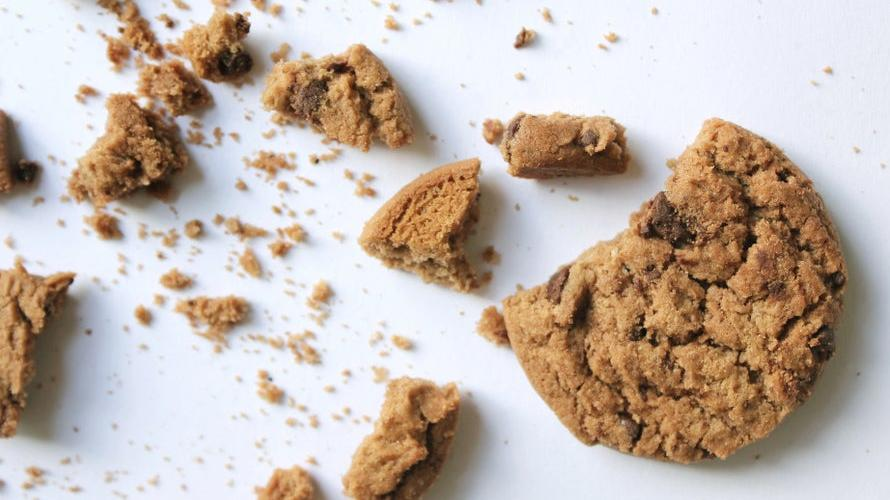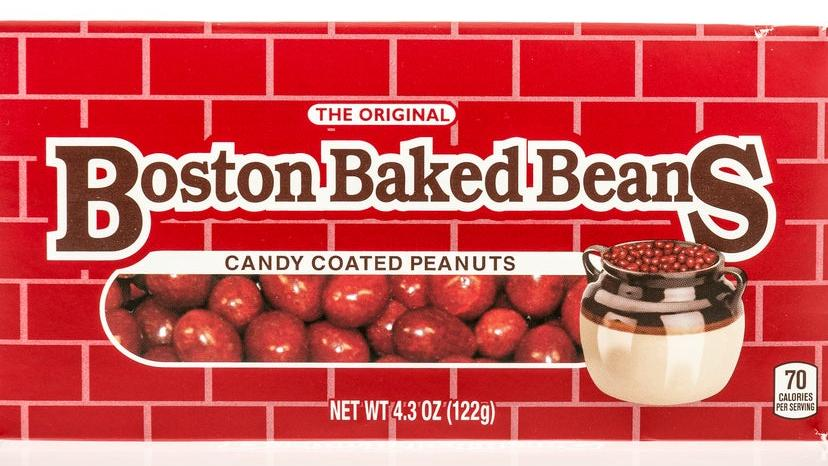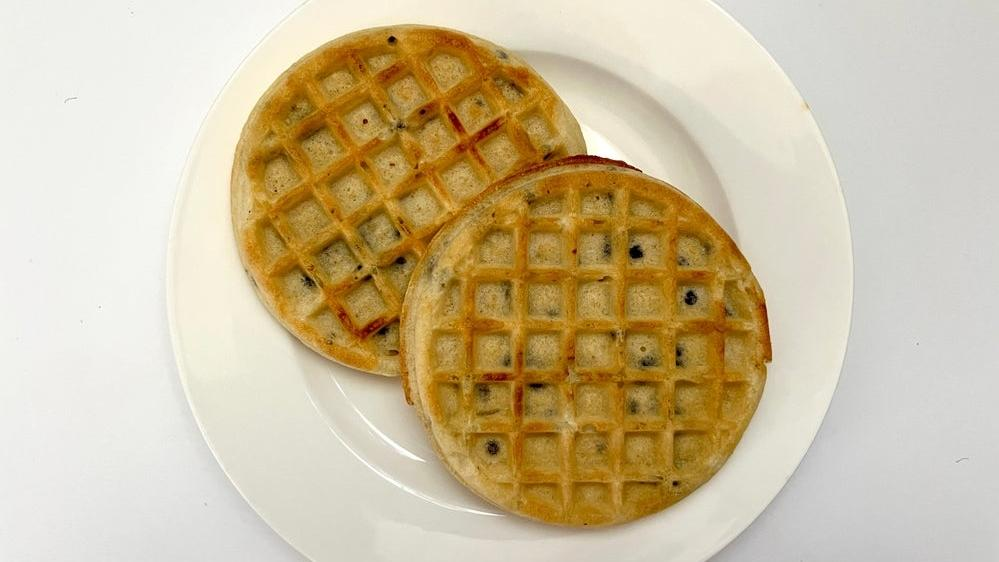5 Foods With Dubious Origin Stories
Think you know when and where your favorite treats were invented? Think again.
We may receive a commission on purchases made from links.
"For all of the sophisticated methodologies in science, we have not moved beyond the story as the primary way that we make sense of our lives," wrote Robert A. Burton for Nautilus magazine. Crafting a narrative allows us to infer meaning and better understand the world around us. So it makes sense that modern food marketing attempts to seize on that human tendency and spin wild tales about how various products made their way into our kitchens.
Betty Crocker, I recently discovered, was not a real person but rather a mascot created by a corporation to answer questions from home cooks. I was sad to learn about Betty's provenance, and it led me on a search through newspaper archives to determine which products really have the origin stories they claim to, and which are simply great stories intended to move product. Here are five of the most questionable origin stories I found.
Chocolate chip cookies
Ever heard of Ruth Wakefield? She's credited with the invention of the chocolate chip cookie in 1937 because she sold the recipe to Nestlé, as reported by The New Yorker, New York Times, and other outlets. But earlier this year, the food podcast Gastropod did a deep dive on cookies and found that the chocolate chip cookie was listed in newspaper advertisements as early as 1928.
Furthermore, a newspaper in Vancouver, B.C. published a recipe for chocolate chip cookies in October 1935. So we can safely assume that Wakefield did more to popularize the recipe than to create it from scratch. After all, you can't copyright a recipe (unless there's "substantial literary expression") but you can certainly trade it in for a lifetime of cookies like she did.
Dog biscuits
While we're on the subject of cookies, let's turn to the kind made specifically for our furry friends. The story goes that in 1860, an American electrician named James Spratt visited London and discovered, to his horror, dogs feasting on old scraps and other unsavory foods. So he came up with the idea to create dog biscuits as a more nutritious option for canines.
However, further research yields this letter to the Sporting Magazine from the keeper of Lord Viscount Ashbrook's dogs suggesting that the product was developed by a Mr. Smith as early as 1821. By the 1840s, dog biscuits were in common use among British aristocrats, so it's possible Mr. Spratt was simply unaware of Britain's penchant for treating their dogs well before he visited the country. (Or Spratt wanted to hoard all credit for himself.)
Boston Baked Beans
"Beans" in this case actually refers to the candy-coated peanuts in a red box with a brick layer design. Several publications, including Serious Eats, Junk Food Blog, and Atlas Obscura, have noted that it was an Italian immigrant named Salvatore Ferrara, who "learned the art of making confetti, or sugared almonds" and invented the candy in 1924 in Chicago.
But while Ferrara might have developed and marketed the version we're all most familiar with, a confection called Boston Baked Beans was already being sold at Simon's grocery store as early as 1919, as evidenced by this issue of the Oregon Journal, in which the product is advertised alongside other holiday themed items under "Candies for Christmas."
Bubble gum
In 2018, Serious Eats wrote that bubble gum's roots can be traced back to 1928 when a man named Walter Diemer, an employee of Frank Fleer (whose company began making chewing gum in the late 1800s), landed on the formula for Dubble Bubble. Diemer is also given credit for the pink hue we associate with bubble gum—but some newspaper archives suggest otherwise, such as this New York Times obituary from February 1939.
That article references David Lytle, known then as the "Candy King," who opened his first candy shop when he was 19 (that would've been 1884) and sold candy store to store. When he heard about chewing gum from a druggist in 1886, the Times writes, he decided to try his hand at making a pink version of the stuff. The Candy King lived to age 74 and was also credited for the invention of candy-coated popcorn.
Frozen waffles
When it comes to frozen waffles, we tend to think first and foremost of Eggo, and Kellogg's website explains that Eggo creator Frank Dorsa "invented a system by which he made waffles on waffle irons, just like the ones you can find at home, and then flash froze them—thus creating the Eggo frozen waffle."
Eggo debuted in 1953, at a time when convenience foods became more popular within American households. The story of Dorsa inventing the frozen waffle has been shared by Epicurious, Mental Floss, Mashed, and the Oxford Encyclopedia of Food and Drink in America.
But the idea of a frozen waffle—a premade waffle prepared in a toaster—were talked and written about well before 1953. When I looked into old newspaper archives, I found evidence that suggested otherwise. For example, a newspaper clipping from July 1948 claimed that Fanny Herrick invented the frozen waffle in the Freeport-Journal Standard; another from June 1948 showed Clementine Paddleford talking about the frozen waffle in The Baltimore Sun.
There's also an advertisement for frozen waffles also appeared in The Pittsburgh Press in January 1950 along with ads for napkins, grapefruit, butter, and the Kroger circular.
Finally, the Evening Star, a now defunct Washington D.C. newspaper, published in October 1952 what appears to be an advertisement for Downyflake waffles. "Just pop in toaster and serve," they proclaimed. "Look for this new cellophane package in your grocer's freezer."





